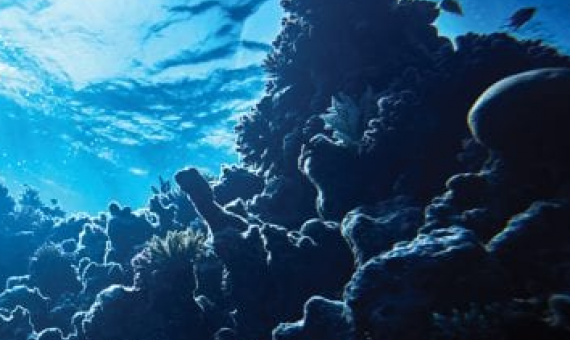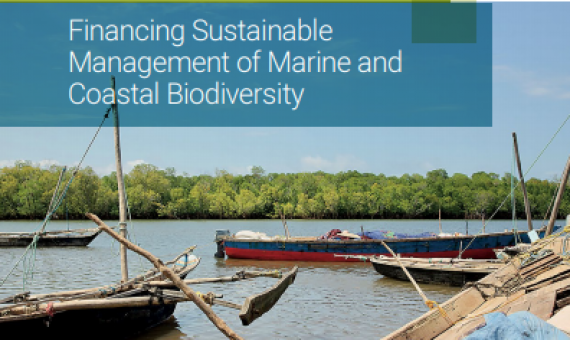The recent anthropogenic wildfire tragedies across the globe affect those on the ground the most. They witness this destruction of habitat first-hand, and in most cases, are burdened with finding the solutions to stop it.
How do you solve a problem like an invasion of feral cats? No, it’s not a scenario from a sci-fi dystopia but a real conundrum for scientists, authorities, and conservationists in Australia.
All mining operations, on land or at sea, cause environmental damage. Research strongly suggests that deep-sea mining will result in the loss of biodiversity...Such efforts could protect fragile marine environment from impacts of mining. Link to full article below.
Simply protecting small forests will not maintain the diversity of the birds they support over the long run, a new study says. Forests need to be carefully monitored and managed to maintain their ecological integrity. Click on the link below to read the full article.
The Global Mentorship Programme offers young professionals access to the guidance, advice, and support they are searching for while giving seasoned conservationists the opportunity to guide and empower the next generation and gain new insights and energy into their work.Click on thel ink bel
Tourism and visitor management in protected areas
All forms of tourism create environmental impacts, but these differ by orders of magnitude. At one end of the scale are minimal-impact wilderness travellers, either on foot or by water. These are permitted in many protected areas worldwide, and there is a well-tested suite of management and monitoring tools, summarised in this volume, to provide benefits to visitors without compromising primary conservation goals. At the other end of the scale are large-scale infrastructure, accommodation, and catering facilities, some of which can handle over a hundred thousand visitors a day.
Developing a framework for the efficient design and management of large scale marine protected areas
This study identifies the importance of: acquiring robust baseline data, being fully protected (no-take), using ecosystembased management, community inclusion, and of adopting an ecologically connected network approach. These features are needed for large marine reserves to maximize achieving both ecological and socioeconomic goals, with particular attention to engagement of local communities.
We live on one planet, 70% of which is made up of ocean – an ocean which is teeming with fascinating and beautiful marine life. However, many of the world’s seas have been, and continue to be under immense pressure. Click on the link below to read the full article.
An essential component of the Blue Solutions Initiative is to collate, document and share successful approaches, or “solutions”, addressing marine and coastal challenges. Click on the link below to access the full publication.
This global study of MPA efficiency suggests MPAs are often unnecessarily expensive in terms of their impact on fisheries, and also miss protecting many unique ecosystems. Click on the link to access the full article.














